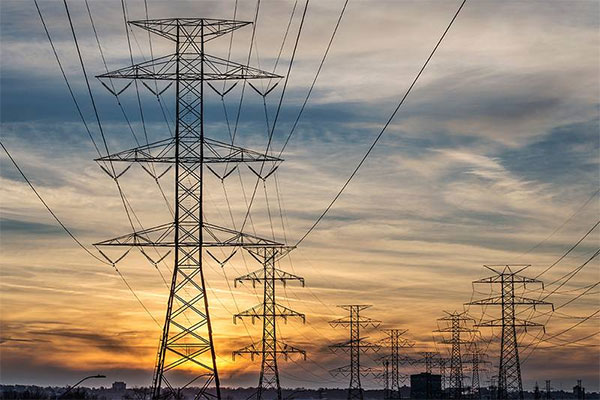Analysts at the Energy Department’s National Renewable Energy Laboratory (NREL) have used detailed light detection and ranging (LiDAR) data for 128 cities nationwide, along with improved data analysis methods and simulation tools, to update its estimate of total U.S. technical potential for rooftop photovoltaic (PV) systems. The analysis reveals a technical potential of 1,118 gigawatts (GW) of capacity and 1,432 terawatt-hours (TWh) of annual energy generation, equivalent to 39 percent of the nation’s electricity sales.
This current estimate is significantly greater than that of a previous NREL analysis, which estimated 664 GW of installed capacity and 800 TWh of annual energy generation. Analysts attribute the new findings to increases in module power density, improved estimation of building suitability, higher estimates of the total number of buildings, and improvements in PV performance simulation tools.
The analysis appears in “Rooftop Solar Photovoltaic Technical Potential in the United States: A Detailed Assessment.” The report quantifies the technical potential for rooftop PV in the United States, which is an estimate of how much energy could be generated if PV systems were installed on all suitable roof areas.
To calculate these estimates, NREL analysts used LiDAR data, Geographic Information System methods, and PV-generation modeling to calculate the suitability of rooftops for hosting PV in 128 cities nationwide-representing approximately 23 percent of U.S. buildings-and provide PV-generation results for 47 of the cities. The analysts then extrapolated these findings to the entire continental United States. The result is more accurate estimates of technical potential at the national, state, and zip code level.
“This report is the culmination of a three-year research effort and represents a significant advancement in our understanding of the potential for rooftop PV to contribute to meeting U.S. electricity demand,” said Robert Margolis, NREL senior energy analyst and co-author of the report.
Within the 128 cities studied, the researchers found that 83 percent of small buildings have a suitable location for PV installation, but only 26 percent of those buildings’ total rooftop area is suitable for development. Because of the sheer number of this class of building across the country, however, small buildings actually provide the greatest combined technical potential. Altogether, small building rooftops could accommodate up to 731 GW of PV capacity and generate 926 TWh per year of PV energy-approximately 65 percent of the country’s total rooftop technical potential. Medium and large buildings have a total installed capacity potential of 386 GW and energy generation potential of 506 TWh per year, approximately 35 percent of the total technical potential of rooftop PV.
“An accurate estimate of PV’s technical potential is a critical input in the development of regional deployment plans,” said Pieter Gagnon, an engineering analyst of solar policy and technoeconomics at NREL and lead author of the report. “Armed with this new data, municipalities, utilities, solar energy researchers, and other stakeholders will have a much-improved starting point for PV research and policymaking, both regionally and nationwide.”
“It is important to note that this report only estimates the potential from existing, suitable rooftops, and does not consider the immense potential of ground-mounted PV,” said Margolis. “Actual generation from PV in urban areas could exceed these estimates by installing systems on less suitable roof space, by mounting PV on canopies over open spaces such as parking lots, or by integrating PV into building facades. Further, the results are sensitive to assumptions about module performance, which are expected to continue improving over time.”
Technical potential is an established reference point for renewable technologies. It quantifies the amount of energy that can be captured from a particular resource, considering resource availability and quality, technical system performance, and the physical availability of suitable area for development-without consideration of economic factors like return on investment or market factors such as policies, competition with other technologies, and rate of adoption.
NREL’s work was supported by funding from the Energy Department’s Office of Energy Efficiency and Renewable Energy in support of its SunShot Initiative. The SunShot Initiative is a collaborative national effort that aggressively drives innovation to make solar energy fully cost-competitive with traditional energy sources before the end of the decade. Through SunShot, the department supports efforts by private companies, universities, and national laboratories to drive down the cost of solar electricity to $0.06 per kilowatt-hour.
NREL is the U.S. Department of Energy’s primary national laboratory for renewable energy and energy efficiency research and development. NREL is operated for the Energy Department by The Alliance for Sustainable Energy, LLC.



















Comments